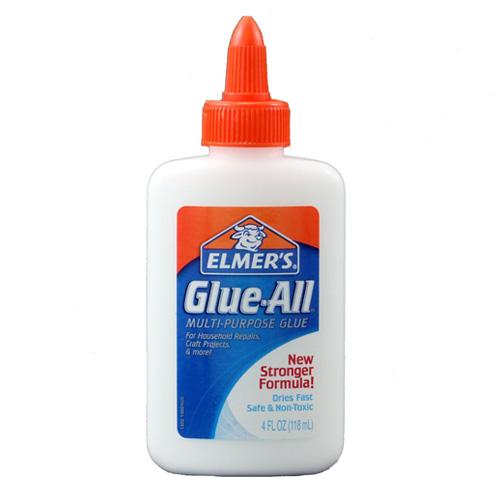We’re written about the perils of ABS plastic warping and not sticking to your print surface, but what about PLA? Are there solutions? Is it even a problem?
ABS plastic, while strong, has a terrible characteristic: it shrinks when cooling, raising the possibility of warping in mid print. If warping occurs on the bottom layer that adheres to your print surface, it’s possible your print might come loose during the print and fail entirely.
ABS experts have developed several approaches to resolve the problem, one of which is “ABS Juice”. Basically it’s a very thin coating of ABS plastic on your print bed, made by dissolving some ABS scraps in acetone and wiping the resulting solution on your print bed. After it dries, you have a surface that ABS sticks onto.
But what about PLA? PLA tends to have far less shrinkage than ABS, and so much so that many people are not very concerned about it. However, if you happen to be printing very large 3D models, you may find their size amps up the shrinkage and some warping can occur.
Many people use the “Blue Tape” solution, where common blue painter’s tape is applied to the print surface. PLA sticks reasonably well to the tape, but not always.
A solution we’ve been reading about is “PVA Juice”. This approach involves mixing common white glue with water with a ratio of one part glue to three or four parts water. This solution, when dried onto your print bed, will provide excellent adhesion for PLA prints. It’s an ideal solution for those using a metal print bed or other surface material that does not naturally adhere to PLA.
On the other hand, we prefer adding a removable flexible surface to the print bed that is specifically designed for ABS and PLA adhesion. Several products exist today that do this, but you’ll end up paying a bit more than using the Juice method.
But removable platforms are a lot less messy.


